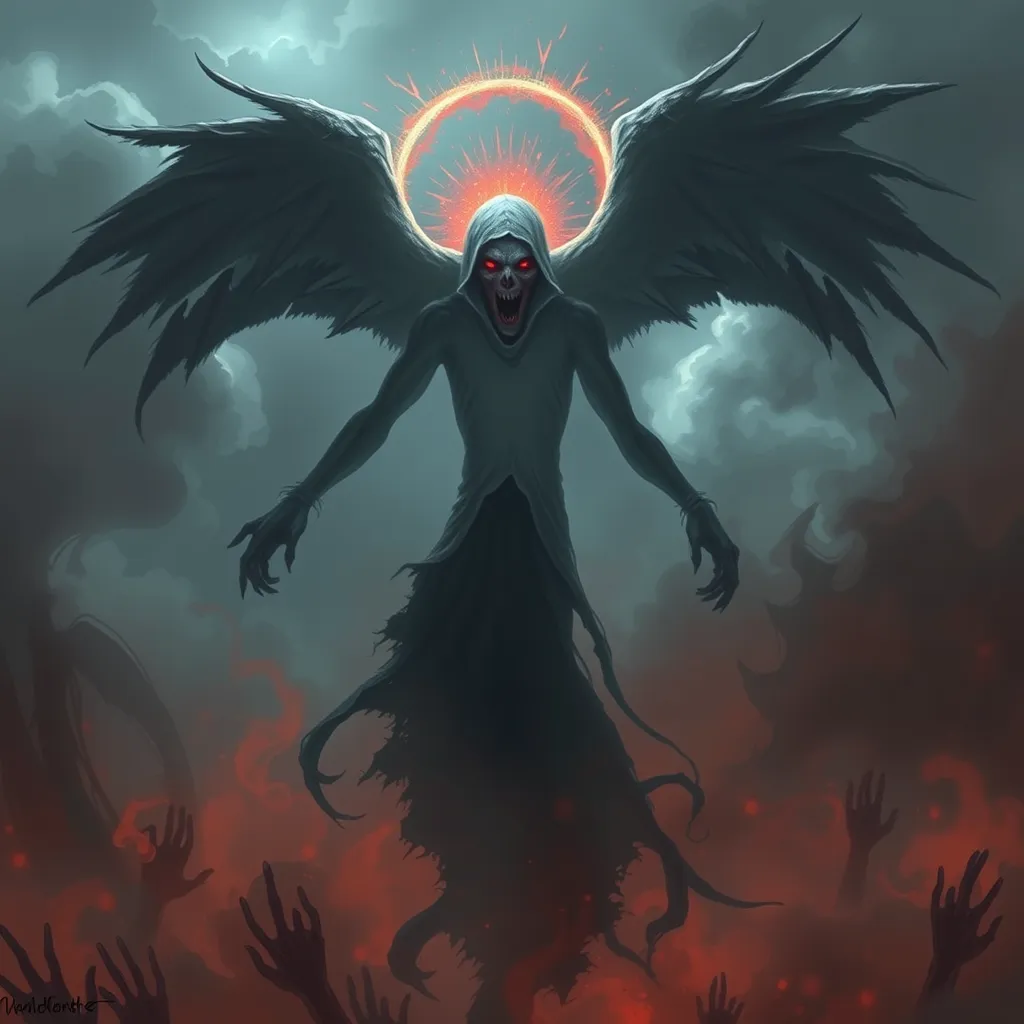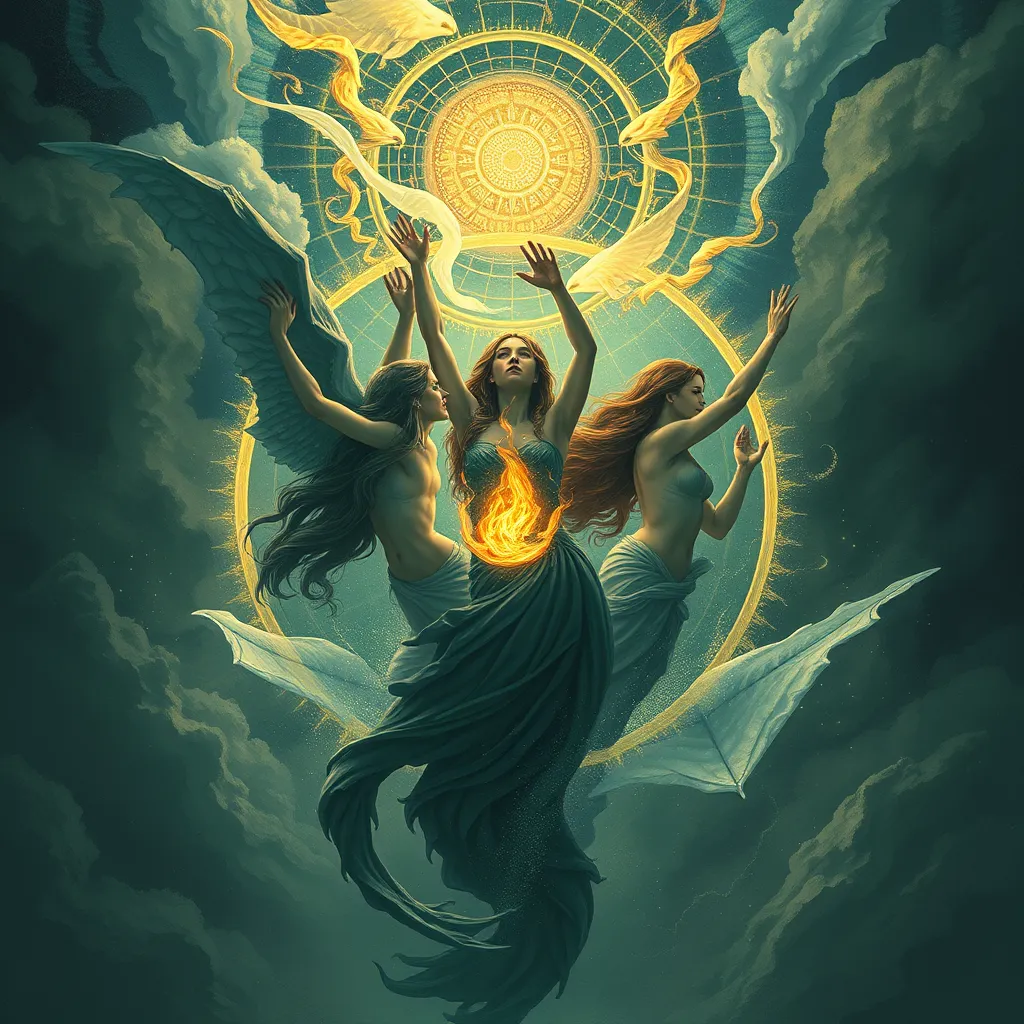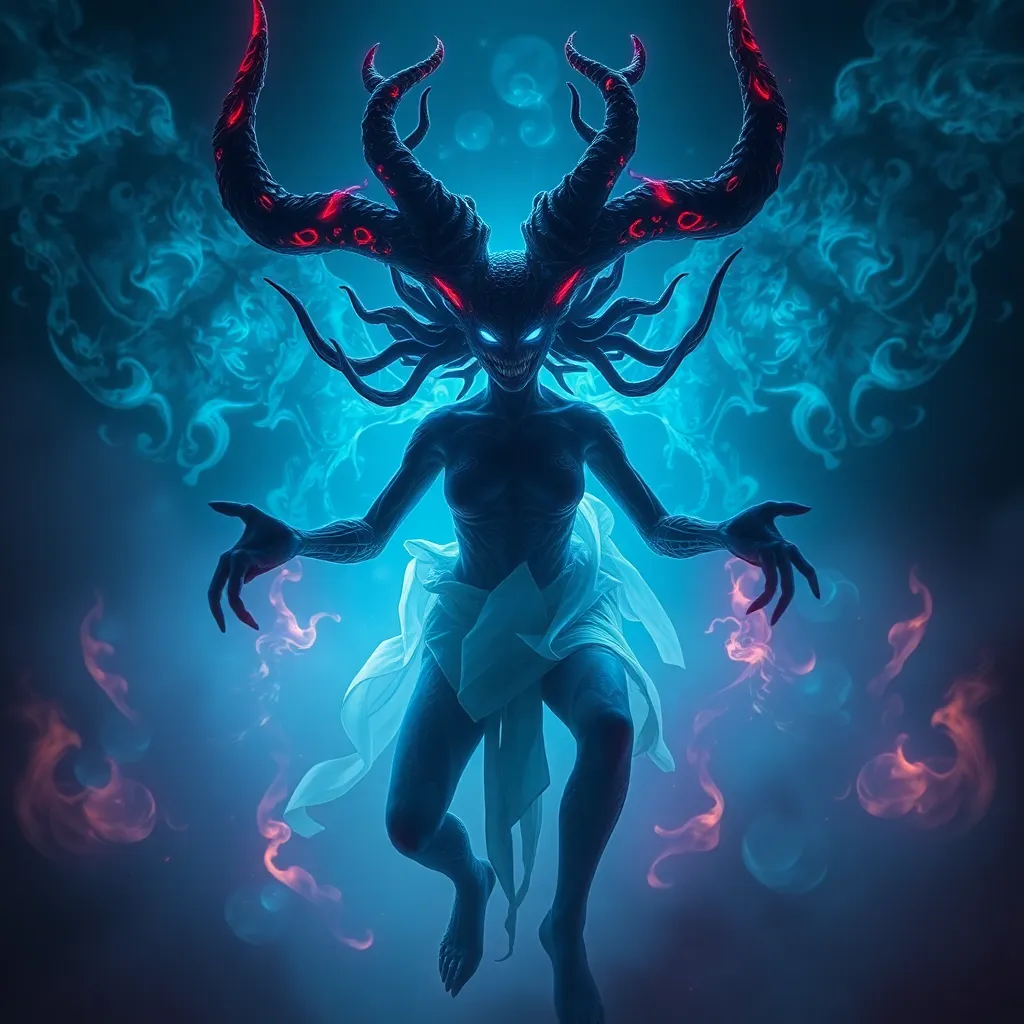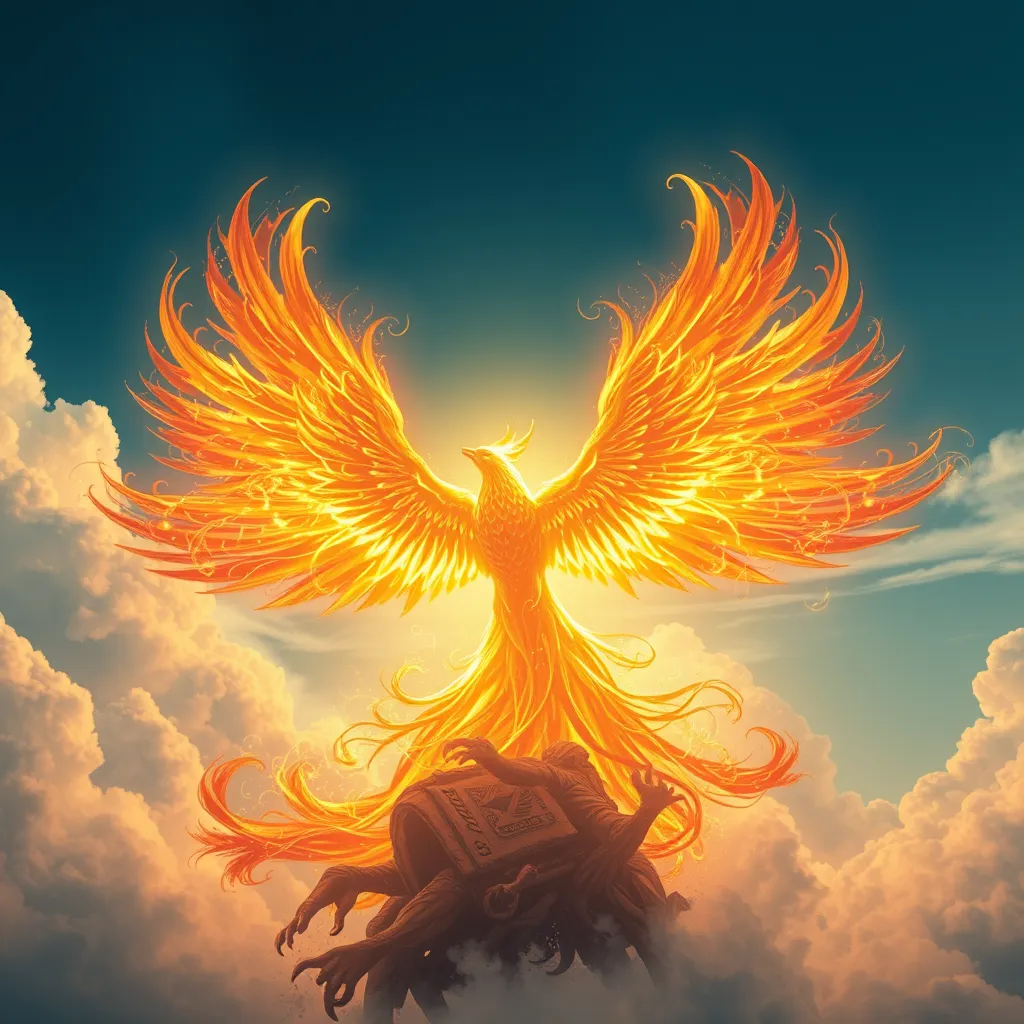The Banshee’s Psychological Impact: Fear, Grief, and the Fear of Death
I. Introduction
The Banshee, a figure deeply rooted in Irish and Celtic folklore, is often depicted as a wailing spirit heralding the death of a family member. Traditionally seen as a harbinger of doom, the Banshee evokes a complex interplay of fear and grief within those who encounter her legend. This article explores the psychological effects of the Banshee, focusing on how she embodies cultural symbols of fear and mourning, and the significance of these symbols in understanding our emotional responses to death.
II. The Banshee: A Historical Perspective
The myth of the Banshee has origins that trace back to ancient Celtic beliefs. Initially thought to be a manifestation of a deceased woman, she evolved into a more complex symbol over centuries.
- Origins of the Banshee myth: The term ‘Banshee’ comes from the Irish ‘bean sídhe,’ meaning ‘woman of the fairy mound.’ Initially believed to be a fairy, the Banshee became associated with the families of the Gaelic nobility.
- Evolution of storytelling: Stories of the Banshee were passed down orally, adapting to the cultural context of various regions, which influenced her representation and significance.
- Cultural significance: The Banshee’s role in mourning rituals emphasizes her connection to death, portraying her as both a comforter and a harbinger of grief.
III. Fear and the Banshee: A Psychological Analysis
Fear is a fundamental psychological response, often triggered by perceived threats. The Banshee encapsulates this fear, serving as a powerful symbol in the collective psyche.
- The nature of fear: Fear can manifest as anxiety, a heightened state of alertness, or even paralyzing dread. The Banshee amplifies these feelings through her ominous presence.
- Embodiment of fear: With her haunting wails, the Banshee symbolizes the fear of loss and the unknown, representing the inevitability of death.
- Impact on mental health: Encountering the Banshee myth can exacerbate feelings of anxiety and depression, highlighting the importance of addressing these emotions.
IV. Grief and Mourning: The Banshee’s Connection
The Banshee is deeply intertwined with themes of loss and mourning, reflecting the psychological processes individuals undergo when faced with grief.
- Symbol of loss: The Banshee’s appearance often signifies impending death, making her a poignant symbol of mourning in Irish culture.
- Stages of grief: The psychological stages of grief—denial, anger, bargaining, depression, and acceptance—can be mirrored in the narratives surrounding the Banshee’s wailing.
- Role of rituals: Cultural practices such as wakes and funerals serve as communal coping mechanisms that facilitate grief, often invoking the Banshee’s symbolism.
V. The Fear of Death: Banshee as a Harbinger
The Banshee is often viewed as a harbinger of death, leading to a profound psychological impact on individuals facing mortality.
- Association with death: The Banshee’s cries are thought to announce the death of a loved one, reinforcing the fear of loss.
- Psychological effects: Anticipating death can lead to existential dread, impacting mental well-being and prompting reflection on one’s own mortality.
- Coping mechanisms: Various cultural responses, including storytelling and rituals, help individuals manage their fear of death and the unknown.
VI. The Banshee in Modern Culture
In contemporary society, the Banshee continues to resonate, appearing in various forms of media and cultural discussions surrounding fear and grief.
- Representation in media: Films, literature, and television often portray the Banshee as a central figure, exploring themes of loss and the supernatural.
- Ongoing relevance: Discussions about the Banshee in modern contexts highlight her role as a metaphor for grief and existential fear.
- Psychological implications: Modern interpretations can help individuals process their own fears and grief, providing a framework for understanding these complex emotions.
VII. Therapeutic Insights: Addressing Fear and Grief
Utilizing folklore like the Banshee’s narrative can offer valuable insights in therapeutic settings, helping individuals confront their fears and grief.
- Folklore in therapy: Incorporating cultural myths can create a safe space for dialogue about fear, death, and mourning.
- Strategies for confrontation: Encouraging individuals to explore their fears through storytelling can foster healing and understanding.
- Encouraging dialogue: Open discussions about death and mourning can help demystify these experiences, reducing anxiety surrounding them.
VIII. Conclusion
In summary, the Banshee serves as a potent symbol of fear and grief, reflecting deep psychological impacts associated with death and loss. Through her narrative, we gain insight into the collective human experience of mourning and the fear of the unknown. Understanding the Banshee not only enriches our appreciation of cultural folklore but also highlights the importance of addressing these emotions in our modern lives. As we engage with these cultural myths, we can foster emotional health and resilience in the face of life’s inevitable challenges.



